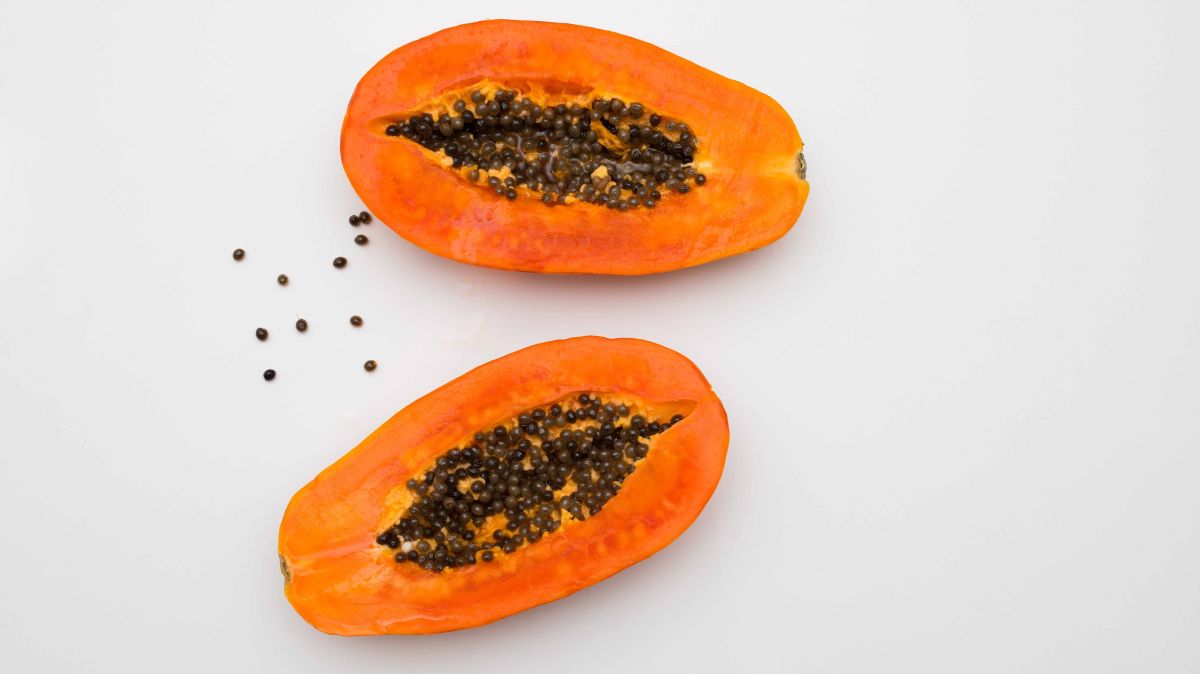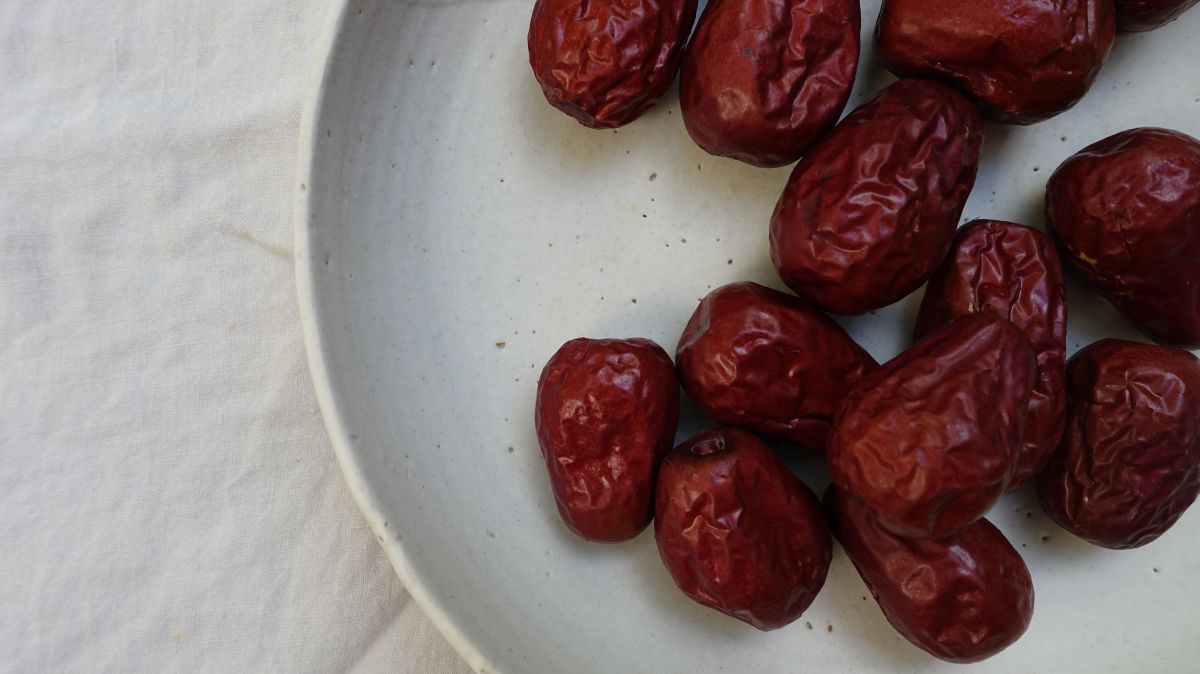Starting Labor Naturally

Toward the end of pregnancy, women try various techniques to initiate labor. Unfortunately, based on current evidence, there are few methods that appear to have any beneficial effect.
While some methods do force the body to release natural oxytocin or prostaglandins, which may cause minor contractions, it is unlikely these methods produce an effect on a scale that is long or strong enough to induce labor. Further, some of these methods are based on theories that intestinal distress (diarrhea, cramping, indigestion) can cause uterine contractions; therefore, women may experience distressing side effects utilizing methods that do not ultimately lead to labor.
Further, of the method that may be most promising – nipple stimulation – it appears this needs to be done for hours a day for a few days at a time to have any measurable effect, which may not make it a very viable option for some women.
While exercise, acupuncture, and sex likely have little to no risk at the end of an uncomplicated pregnancy, women should not eat, consume, or do anything to initiate labor without discussion with a health care provider (HCP), as some methods have potentially harmful side effects and could cause complications.
Background
The main idea behind "natural" ways of starting labor is to do/eat something that forces the body to release prostaglandins or oxytocin, with the hope that either one – or both – will initiate labor.
Prostaglandins encourage the onset of labor by dissolving cervical collagen to encourage the cervix to soften and stretch to aid effacement and dilation ("ripening" the cervix). Oxytocin is released by the pituitary gland, binds to receptors in the uterus, and initiates contractions.
However, most methods used to “naturally induce labor” are not evidence-based. To date, no natural method has been identified that can effectively induce labor close to the effectiveness of medical or surgical methods. While certain methods do release natural oxytocin and prostaglandins, this does not appear to be on a scale long or strong enough to induce labor.
“Natural” methods often indicated for induction of labor include:
Exercise/Walking
Sex
Nipple stimulation
Spicy Food
Acupuncture
Acupressure
Massage
Raspberry leaf tea
Balsamic vinegar
Castor or cod liver oil
Enemas
Black or blue cohosh
Pineapple
Papaya
Exercise
Overall, it is not clear whether exercise – or just walking – can actually help initiate labor, but it is the most commonly reported “trigger” in some studies; further, it likely has very little risk as long as women have not been advised against exercise during pregnancy.

There have been several studies regarding uterine activity and exercise during the last few weeks of pregnancy, but they report that exercise causes little to no change in activity. Of studies that documented contractions, they were reported to be of low magnitude.
However, in general, regular exercise during pregnancy may shorten the duration of labor and reduce the risk of cesarean section.
Sex
The potential ability for sex to induce labor is based on three components:
The physical stimulation of the lower uterine segment and cervix
The release of oxytocin as a result of orgasm
The direct action of prostaglandins in semen on the cervix
Nipple stimulation may be a potential fourth component of this process (see next section).

However, despite those promising components in theory, studies show mostly mixed or negative results. Monitoring of uterine contractions has shown an increase in uterine activity after intercourse, as well as an up to 50-fold increase in prostaglandins in the cervix after sex; however, studies showing actual longevity and continual strengthening of contractions are lacking.
Further, there is no literature to support the theory that sex at term has any effect on cervical ripening, Bishop score, start of labor, caesarean section rates, or other birth outcomes.
However, there are no known potential consequences of engaging in sex at the end of pregnancy, as long as the fetal membranes (waters) have not ruptured and women have an otherwise uncomplicated pregnancy with no underlying health conditions. Women should only engage in sex if their HCP has indicated sexual activity is safe for that individual woman/pregnancy (read Sex).
Breast and Nipple Stimulation
Overall, evidence for nipple stimulation is tentatively positive in a clinical setting, but the procedure for achieving positive results may not be that acceptable to some pregnant women and is therefore not routinely recommended as a viable method.
Breast massage and nipple stimulation have been shown to facilitate the release of oxytocin from the posterior pituitary. However, this method may need to be maintained for an extended period, and there is still not good quality evidence it would have any major effect.
The most prescribed technique involves gently massaging the breasts or applying warm compresses to the breasts for one hour, three times a day for a minimum of three days.
Women may be more comfortable with whole breast stimulation, compared to only nipple stimulation (or using a breast pump), which can be painful at times, especially for a prolonged period.
Acupuncture
Acupuncture, a modality of Traditional Chinese Medicine, is based on reducing pain and symptoms of disease through the balance of yin and yang. It involves the insertion of long, thin needles into certain points of the body based on a specific purpose; it is commonly used as a method to help start labor.

There is some limited evidence regarding positive effects on cervical maturity, but overall, the role of acupuncture is uncertain for any indication during pregnancy, not just labor induction. It has also been used for other pregnancy-related conditions such as breech presentation, labor pain, and Nausea and Vomiting of Pregnancy.
However, despite the lack of evidence for any particular purpose during pregnancy, it is well established that acupuncture (with a licensed acupuncturist) is a safe procedure with little risk to the mother or fetus.
Evening Primrose Oil
Evening primrose oil is one of the most commonly prescribed non-pharmacologic cervical ripening agents used by midwives in the United States.
Evening primrose oil is a rich source of omega-6 essential fatty acids. It is also best known for its controversial uses in the treatment of diseases such as atopic dermatitis, rheumatoid arthritis, breast pain, menopausal and premenstrual symptoms, as well as cervical ripening.
The evening primrose has yellow flowers that bloom in the evening, hence its name. The oil is obtained from its seeds and is usually sold in capsule form.

The oil contains linolenic acid, gamma linolenic acid, and vitamin E. Gamma linolenic acid is a known precursor of prostaglandin E.
Although evening primrose oil is very popular for inducing labor, there is not enough consistent evidence in published research showing the oil can ripen the cervix or induce labor.
A meta-analyses published in July 2021 found evening primrose oil to be effective for cervical ripening, reducing cesarean section rate and shortening the duration of labor.
However, various other studies have shown no difference in Bishop Score, cervical ripening and/or dilation, or gestation length between women taking evening primrose oil and women who did not take it.
Of note, minor adverse effects are quite common, such as nausea, headache, and diarrhea.
Note: Diarrhea can be a sign of impending labor, as diarrhea is a well-known side effect of prostaglandin production, especially when prostaglandins are orally ingested. (Note: a woman can have high levels of prostaglandin production without diarrhea). Diarrhea as a result of evening primrose oil could be just a sign that a woman is simply ingesting prostaglandins, rather than the prostaglandins working toward initiating labor.
Women should not take evening primrose oil without speaking to their HCP first. It may increase bleeding in people who are taking blood thinning medications (anticoagulants). The supplement may also increase the risk of seizures, especially those who are epileptic or prone to seizures.
Raspberry Leaf (Tea)
Raspberry leaf (usually in tea form) is often recommended to stimulate and facilitate labor, as well as to shorten the duration of labor. However, there is a significant lack of evidence indicating that it has any beneficial effect on any aspect of pregnancy, not just labor. Regarding it safety, research that is documented is quite dated and limited. Further, these studies involved either animals or a small number of women; therefore negative effects for the mother or baby cannot be ruled out.

Castor Oil
Castor oil is not only ineffective at starting labor, but its ingestion can also be harmful, leading to side effects such as meconium-stained amniotic fluid and significant nausea, cramping, and diarrhea. Further, intestinal cramping and diarrhea has not been shown to start labor (likely a byproduct of), and therefore it should not be taken to induce labor.
Spicy Food
There is no evidence that spicy food can either initiate or assist in the initiation of labor, and the theory behind this is likely due to indigestion/intestinal cramping – similar to castor oil.
Further, eating spicy food late in pregnancy can cause a significant increase in heartburn.

Interestingly, it has also been documented that spicy food so close to labor could make amniotic fluid smell in such a way it could get mistaken for infection; the smell could also temporarily transfer to the newborn.
Papaya
In India and parts of southeast Asia and Indonesia, consumption of papaya fruit is widely believed to cause pregnancy loss, and women are strictly forbidden from eating it. Unripe papaya contains enzymes that can cause contractions, and it is theorized that eating a large quantity of it can cause miscarriage.

However, there are no published studies regarding unripe papaya as a natural way to start labor, and it is not clear if unripe papaya is harmful to a full-term pregnancy, or effective at initiating labor. While ripe papaya appears to be safe during pregnancy, women are not advised to eat unripe papaya as a means to initiate labor due to a lack of evidence regarding safety and effectiveness.
Pineapple
Research has not shown pineapple juice to induce contractions when consumed in either fruit or juice form; further, the fruit is safe during pregnancy.

Pineapple has been shown to exhibit a reaction that induces contractions when directly applied to uterine tissue from rats and humans.
However, a separate study indicated these effects were not seen in the studied rats who were orally (drinking) the juice, and that the enzyme necessary to induce contractions is metabolized through digestion, and therefore inactivated when eaten.
Dates (Fruit)
Some research has shown dates to be a possible method for the induction of labor, but very few studies have been completed, and it is unknown exactly how many dates would need to be consumed for the fruit to have any effect.
One study noted that consumption of date fruit in the last 4 weeks before labor significantly reduced the need for induction and augmentation of labor, but the study was small. Further, women in the study ate 6 date fruits per day for 4 weeks (42 dates per week, 168 dates total).

Blue Cohosh (Herb)
Blue cohosh may be harmful during pregnancy and is not recommended for natural labor induction. Severe adverse events have been reported due to pregnant women using blue cohosh, to include severe gastrointestinal distress and cardiovascular problems in both mother and baby.

Action
Women should never eat, consume, or do anything to initiate labor without a discussion with their HCP; some methods have harmful side effects and could cause complications. Further, some women may be advised to avoid sex or exercise during pregnancy due to various health conditions.
Women trying to avoid possible induction of labor should read Induction and Augmentation of Labor to get familiar with the process, the many options available, as well as the safety and effectiveness of induction.
Resources
How to Tell When Labor Begins (American College of Obstetricians and Gynecologists)